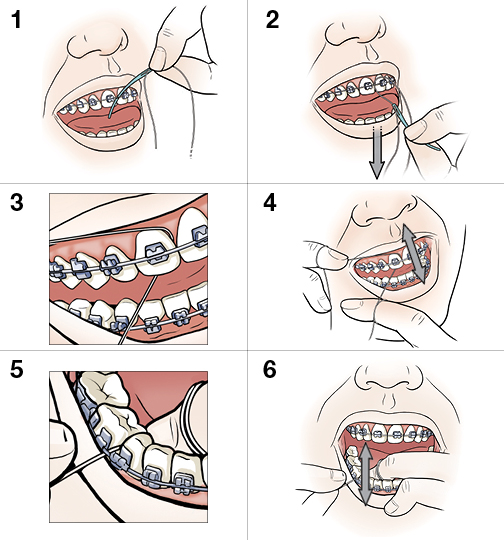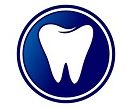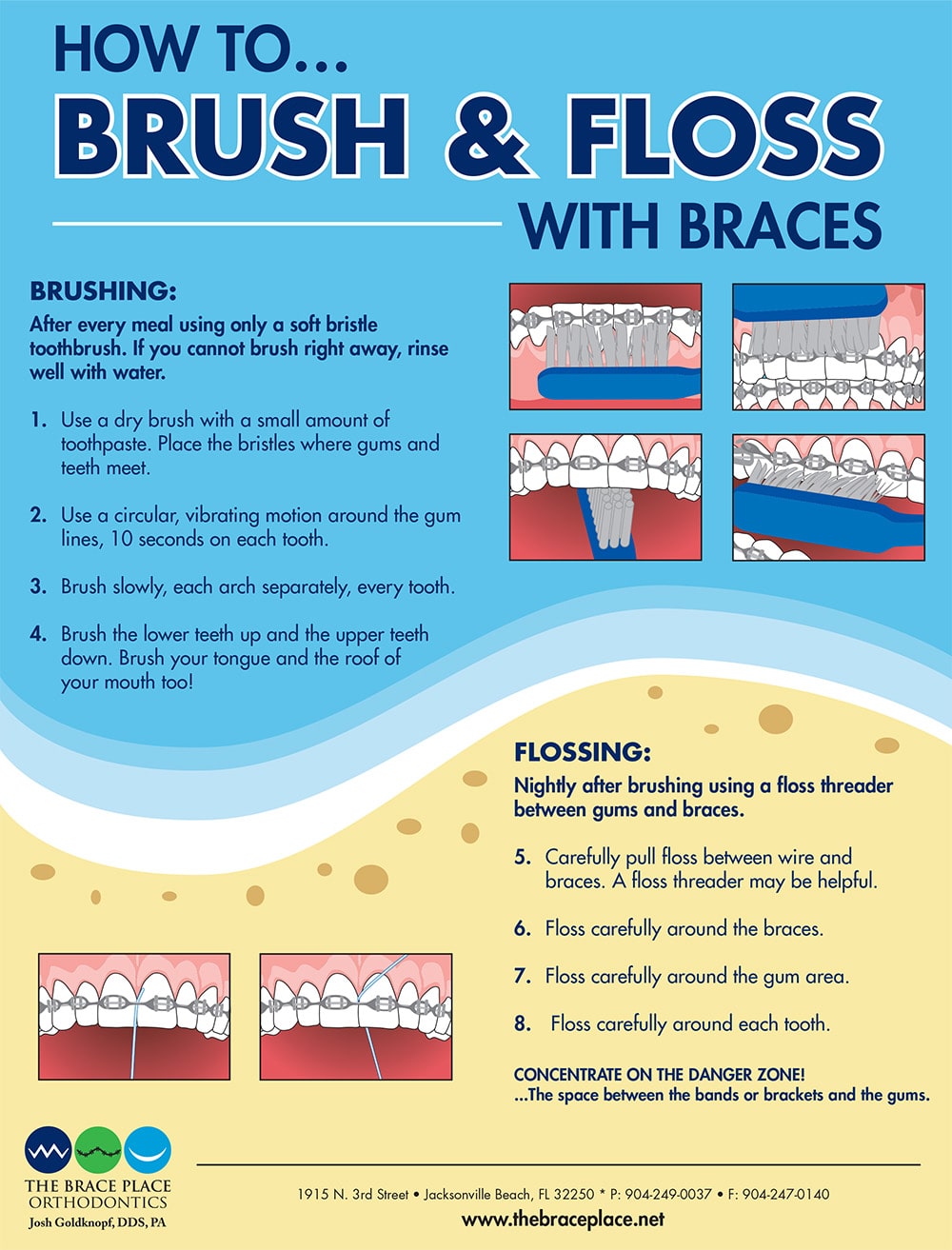Flossing Techniques for Braces: A Step-by-Step Guide
Are you struggling to keep your braces clean and healthy? Look no further! In ‘Flossing Techniques for Braces: A Step-by-Step Guide,’ we’ve got you covered.
This handy guide will walk you through the process of maintaining proper oral hygiene while wearing braces. With easy-to-follow steps and practical tips, you’ll learn the most effective flossing techniques to keep your teeth and braces in top shape.
Say goodbye to plaque build-up and hello to a beautiful smile! So, whether you’re a braces newbie or a seasoned pro, this guide is a must-read to ensure you’re taking the best care of your braces.
Let’s get started on your journey to a healthier, happier smile!
Key Takeaways
– Having the right tools, such as dental floss designed for braces and floss threader, is important for effective flossing with braces.
– The proper flossing technique for braces includes using a floss threader to maneuver the floss, flossing both above and below the wires, and rinsing the mouth after flossing.
– Different techniques, such as using a floss threader, proxy brush, or water flosser, can be used to floss between the teeth and braces.
– Paying attention to hard-to-reach areas, using interdental brushes or floss threaders, and utilizing a water flosser can help remove plaque buildup.
Gather the Necessary Tools
First, you should regularly gather the necessary tools for flossing with braces. Having the right tools will make the process easier and more effective.
The first tool you need is dental floss specifically designed for braces. This type of floss is thicker and sturdier than regular floss, making it easier to maneuver around the brackets and wires.
You should also have a floss threader, which helps guide the floss under the wires. This small, plastic tool is simple to use and can save you a lot of time and frustration.
Additionally, interdental brushes are great for cleaning hard-to-reach areas between your teeth and braces. These small brushes have bristles that can easily slide between the wires and remove any trapped food particles.
Lastly, don’t forget to have a mirror handy. Using a mirror can help you see what you’re doing and ensure that you’re properly flossing all areas of your mouth.
Start With the Right Flossing Technique
To properly floss with braces, begin by using a gentle, back-and-forth motion. This technique will help remove food particles and plaque from between your teeth and braces. Here are some tips to help you get started:
– Start with the right floss: Look for floss that’s specifically designed for braces. These flosses are usually thicker and have a stiff end that can easily thread under the wires of your braces.
– Use a floss threader: This tool will make it easier to maneuver the floss around your braces. Thread the floss through the loop of the threader, then insert the threader under the wires and pull the floss through.
– Be patient and take your time: Flossing with braces can be a bit tricky at first, but with practice, it will become easier. Take your time and be gentle to avoid damaging your braces or gums.
– Don’t forget the gumline: Make sure to floss both above and below the wires to remove plaque and prevent gum disease. Angle the floss against your teeth and gently move it up and down.
– Rinse and repeat: After flossing, rinse your mouth with water or mouthwash to remove any loosened debris.
Maneuvering the Floss Around Your Braces
Once you have threaded the floss under the wires using a floss threader, maneuvering the floss around your braces requires careful attention and gentle movements. Start by holding the floss tightly between your fingers, leaving about an inch of floss between them.
Gently guide the floss between two teeth, making sure to slide it under the gumline. Be cautious not to snap or force the floss, as this can damage your braces or cause discomfort.
Once the floss is in place, use a gentle up-and-down motion to remove any plaque or food particles. Always move the floss in a C-shape around the sides of each tooth, taking care to go beneath the wires and between the brackets.
Repeat this process for each tooth, using a fresh section of floss for each one. Remember to be patient and thorough, taking your time to clean around each individual tooth.
When you’re done, rinse your mouth with water or mouthwash to remove any leftover debris. Regularly flossing around your braces will help maintain healthy teeth and gums throughout your orthodontic treatment.
Flossing Between the Teeth and Braces
After you have maneuvered the floss around your braces, it’s time to focus on flossing between your teeth and braces. This step is crucial to remove any food particles or plaque that may be trapped in those hard-to-reach areas. Here are three effective techniques to help you master flossing between your teeth and braces:

– Threader Technique: Use a floss threader to guide the floss underneath the wire of your braces. Once the floss is in position, gently move it up and down between your teeth, making sure to reach the gumline.
– Proxy Brush Technique: Proxy brushes are small, cone-shaped brushes that can fit between your teeth and braces. Insert the brush between your teeth and braces, and softly move it back and forth to clean the sides of your teeth and braces.
– Water Flosser Technique: A water flosser shoots a stream of water to remove debris. Start by adjusting the pressure to a comfortable level, then direct the water jet between your teeth and braces, moving it along the gumline.
Pay Attention to Hard-To-Reach Areas
When it comes to flossing with braces, it’s crucial to pay attention to those hard-to-reach areas. Plaque can easily build up in hidden spaces between your teeth, making it important to thoroughly clean these tight spaces.
Hidden Plaque Buildup
To effectively prevent hidden plaque buildup in hard-to-reach areas when wearing braces, start by using an interdental brush or a floss threader. These tools can help you thoroughly clean between the brackets and wires, where plaque tends to accumulate.
Here are three additional tips to ensure you address hidden plaque buildup effectively:
– Use a water flosser: This device shoots a stream of water to dislodge plaque and food particles from hard-to-reach areas. It’s especially useful for braces because it can reach areas that traditional floss can’t.
– Be mindful of your technique: When flossing with braces, make sure to get under the wires and gently slide the floss up and down on each side of the tooth. This will help remove plaque that may be hiding in crevices.
– Use disclosing tablets: These tablets color any remaining plaque, making it easier to identify and remove. By using them regularly, you can ensure that you’re effectively removing all the plaque from your braces.
Tight Spaces Between Teeth
To effectively clean tight spaces between teeth, pay attention to hard-to-reach areas and ensure thorough removal of plaque and food particles. These tight spaces can be challenging to clean, but with the right technique, you can maintain good oral hygiene.
Start by threading the floss carefully between the teeth, gently moving it up and down to dislodge any trapped debris. Be extra cautious around the braces, making sure to clean underneath the wires and around the brackets. Use a floss threader or orthodontic floss with a stiff end to navigate these hard-to-reach areas.
Take your time and be patient, as it may require some extra effort to get the floss into those tight spaces. Remember, consistent and thorough flossing is essential for preventing plaque buildup and maintaining healthy teeth and gums.
Rinse and Finish With Proper Oral Care Routine
Now that you have mastered the flossing techniques for braces, it’s essential to understand the importance of rinsing and finishing with a proper oral care routine.
Rinsing helps remove any remaining debris and bacteria, leaving your mouth feeling fresh and clean.
Additionally, establishing a post-braces oral routine will ensure the long-term health and maintenance of your teeth and braces.
Remember to follow these tips for effective flossing to maintain a healthy smile!
Importance of Rinsing
Make sure to incorporate rinsing into your oral care routine for braces to maintain optimal dental hygiene. Rinsing plays a crucial role in keeping your braces clean and your mouth healthy. Here are three reasons why rinsing is important:
– Removes food particles: Rinsing with water or mouthwash helps to dislodge and flush away any food particles that may be stuck in your braces. This prevents bacteria buildup and reduces the risk of cavities and gum disease.
– Reduces plaque formation: Rinsing helps to remove plaque, a sticky film of bacteria that can accumulate around your braces and teeth. By reducing plaque, you can prevent tooth decay and keep your braces looking clean and shiny.
– Freshens breath: Rinsing with mouthwash can help to freshen your breath by killing bacteria that cause bad breath. This is especially important when wearing braces, as food particles can easily get trapped and contribute to unpleasant odors.
Post-Braces Oral Routine
After you have completed your orthodontic treatment and had your braces removed, it’s crucial to establish a post-braces oral routine to maintain the health and appearance of your teeth.
One important step in this routine is rinsing your mouth thoroughly after meals. Rinse with water or an antimicrobial mouthwash to remove any food particles that may have been trapped in your teeth or braces. This will help prevent plaque buildup and reduce the risk of tooth decay and gum disease.
Additionally, make sure to continue brushing your teeth twice a day with a soft-bristled toothbrush and fluoride toothpaste. Flossing should also be a part of your daily routine to remove any remaining debris and prevent plaque buildup.
Lastly, don’t forget to visit your dentist regularly for check-ups and professional cleanings to maintain your oral health.
Tips for Effective Flossing
How can you effectively floss your teeth while wearing braces?
Flossing with braces requires some extra care, but it’s essential for maintaining good oral hygiene. Follow these tips to ensure effective flossing:
– Use the right floss: Opt for waxed floss or floss threaders specifically designed for braces.
– Take it slow: Be patient and gentle while flossing to avoid damaging your braces or gums.
– Employ a threading technique: Thread the floss under the wire of your braces and gently slide it up and down between each tooth.
– Rinse and finish strong: After flossing, rinse your mouth thoroughly with water or mouthwash to remove any debris. Finally, complete your oral care routine by brushing your teeth and braces with a soft-bristled brush and fluoride toothpaste.
Frequently Asked Questions
Are There Any Specific Flossing Tools or Products That Are Recommended for People With Braces?
Are there any specific flossing tools or products that are recommended for people with braces?
Yes, there are! When it comes to flossing with braces, using a floss threader can be very helpful. This tool allows you to thread the floss under your wires and between your teeth.
Additionally, there are special orthodontic flosses available that have a stiff end for easier threading. These tools can make flossing with braces much easier and more effective.
How Often Should I Be Flossing With Braces?
You should be flossing with braces at least once a day. Regular flossing is important to remove plaque and food particles that can get stuck in your braces. It helps keep your teeth and gums healthy and prevents tooth decay and gum disease.
Make sure to use the proper flossing technique to effectively clean between your teeth and around your braces. By being consistent with your flossing routine, you can maintain good oral hygiene throughout your orthodontic treatment.
Can I Use a Water Flosser Instead of Traditional Floss When I Have Braces?
Yes, you can use a water flosser instead of traditional floss when you have braces. It can be a helpful tool for removing food particles and plaque around your braces.
However, it’s important to still use traditional floss in certain areas that the water flosser might not reach. Remember to follow your orthodontist’s instructions and ask for their recommendation on the best flossing technique for your specific braces.
Is It Normal for My Gums to Bleed a Little Bit When I Floss With Braces?
It is normal for your gums to bleed a little bit when you floss with braces. This can happen because the braces create spaces where food particles can get trapped, leading to plaque buildup and gum irritation.
Regular flossing is important to remove these particles and keep your gums healthy. If the bleeding persists or becomes excessive, it’s best to consult your orthodontist for further guidance.
Are There Any Specific Foods or Drinks That I Should Avoid While Wearing Braces to Help With Flossing and Oral Hygiene?
To help with flossing and oral hygiene while wearing braces, there are certain foods and drinks you should avoid. Sticky and chewy foods like caramel or gum can get stuck in your braces and make flossing more difficult. Hard and crunchy foods like popcorn or nuts can also damage your braces.
Additionally, sugary and acidic drinks like soda or fruit juice can increase the risk of tooth decay. Stick to soft foods and drink water or milk instead for better flossing and oral health.
Conclusion
In conclusion, flossing with braces requires a specific technique to effectively clean between the teeth and braces.
By gathering the necessary tools, using the right flossing technique, and paying attention to hard-to-reach areas, you c his comment is here an maintain good oral hygiene while wearing braces.
Remember to rinse and finish with a proper oral care routine for optimal dental health.

Welcome to my website! I’m Declan Gaffney, a dedicated and passionate Preventive Dentist with years of experience in promoting oral health and providing top-notch dental care. I am thrilled to share my knowledge and expertise with you through this platform.

